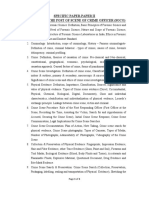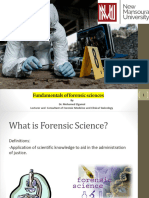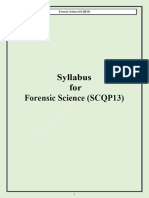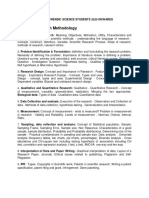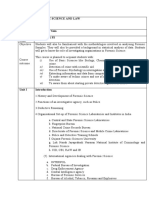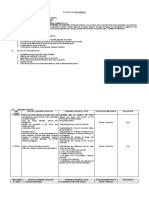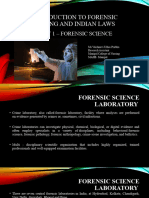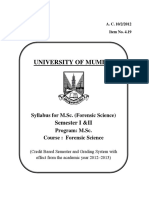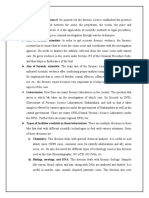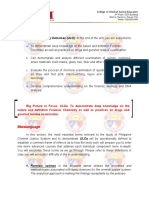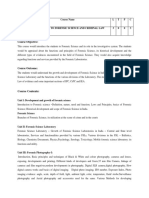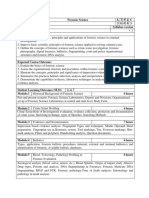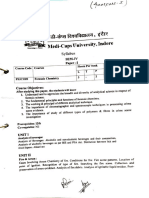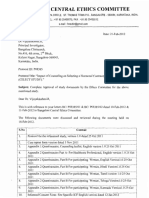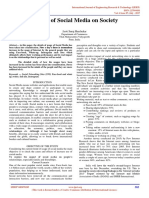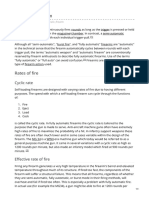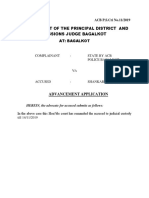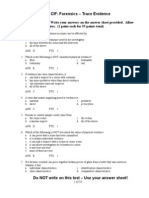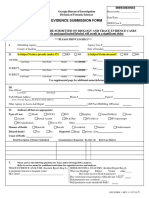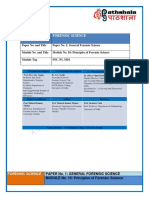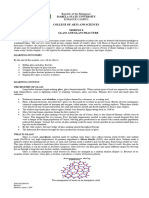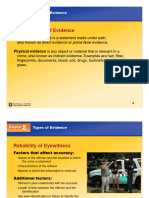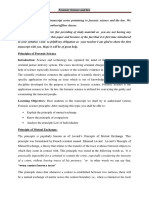0% found this document useful (0 votes)
242 views5 pagesForensic Science SET Syllabus
The document outlines the syllabus for the Maharashtra State Eligibility Test for Lectureship in Forensic Science. The syllabus covers 10 units that provide an overview of key topics in forensic science including the collection and analysis of evidence, types of forensic analyses like microscopy, spectroscopy, chromatography, identification of fluids and DNA analysis. Additional topics include analysis of poisons, firearms, arson, explosives, documents, fingerprints and biological evidence analysis. The syllabus aims to equip candidates with knowledge across various domains of forensic science.
Uploaded by
manjuCopyright
© © All Rights Reserved
We take content rights seriously. If you suspect this is your content, claim it here.
Available Formats
Download as PDF, TXT or read online on Scribd
0% found this document useful (0 votes)
242 views5 pagesForensic Science SET Syllabus
The document outlines the syllabus for the Maharashtra State Eligibility Test for Lectureship in Forensic Science. The syllabus covers 10 units that provide an overview of key topics in forensic science including the collection and analysis of evidence, types of forensic analyses like microscopy, spectroscopy, chromatography, identification of fluids and DNA analysis. Additional topics include analysis of poisons, firearms, arson, explosives, documents, fingerprints and biological evidence analysis. The syllabus aims to equip candidates with knowledge across various domains of forensic science.
Uploaded by
manjuCopyright
© © All Rights Reserved
We take content rights seriously. If you suspect this is your content, claim it here.
Available Formats
Download as PDF, TXT or read online on Scribd
/ 5



